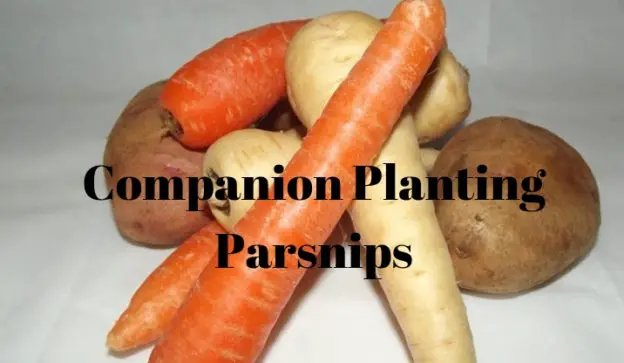The benefits of growing plants together are well documented and have been used for thousands of years. Companion planting parsnips will improve the health and flavour of your parsnips and save space.
Companion Planting Parsnips
All of the following plants will enhance the health of your parsnips if grown in companionship with them. Parsnip companion plants include:-
Onions and Parsnips

Due to their strong aroma, onions help to disguise parsnips from the so called carrot root fly. The root fly maggot attacks the roots of carrots, parsnips, and celery and in the case of parsnips and carrots renders them inedible. Onions also help to keep aphids and their farmers, ants away.
Garlic and Parsnips

All that is true for onions is also true for garlic. I like to grow my parsnips and carrots surrounded by onions and garlic to keep the root fly away.
Radishes and Parsnips
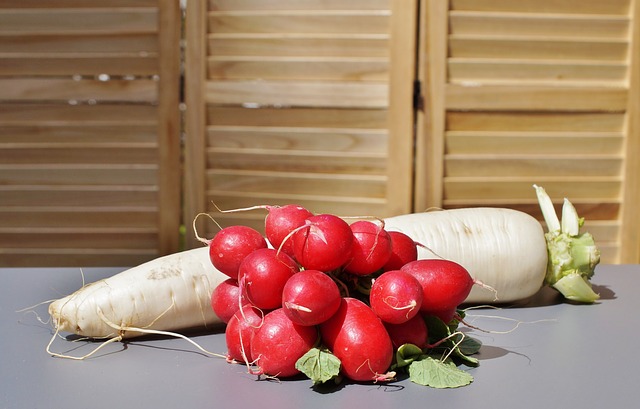
Well known for repelling flea beetles, radishes make an excellent companion plant to grow with parsnips. Radishes are extremely fast growing (from seeds sown to harvest in 6 weeks) which makes them great to use as a row marker for the slow germinating parsnips. If you decide to grow the daikon or mooli varieties, they can also remain in the soil for a long time.
Legumes and Parsnips
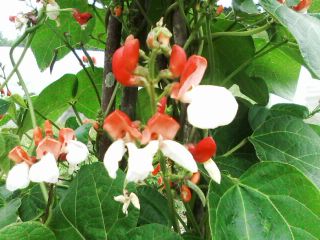
All members of the legume family (peas and beans) fix nitrogen in the air leaving more nitrogen in the soil for your developing parsnips. Relatively short rooted, legumes will not inhibit the growth of the parsnip on its search for deep water.
Carrots and Parsnips
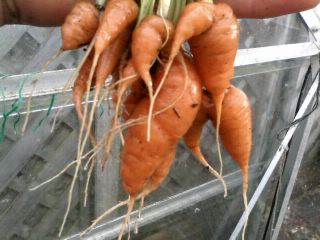
Growing a row of carrots either side of a row of parsnips will make looking after both crops easier. They both grow in the same conditions, and require the same amount of light and water. This also makes it easier to protect both crops either with fleece or with onions or garlic.
Potatoes and Parsnips
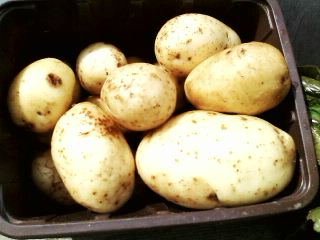
Main crop potatoes need a long time in the soil to develop size and quantity, and these are ideal to grow with parsnips. Parsnips are generally sown in mid spring and so are potatoes, another reason to grow them as companion plants.
Leeks and Parsnips
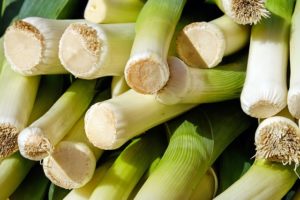
Another good combination as both of these vegetables grow deep and remain in the soil for a long time. Leeks also help to disguise the parsnips from the root fly larvae. Use leeks in the same way as onions or garlic.
Rosemary and Parsnips

The Mediterranean herb rosemary has a very distinct aroma and is ideal for disguising parsnips from pests. By planting rosemary around your rows of parsnips you will help to protect them from carrot root fly. But spreading cut sprigs of rosemary around the growing parsnips will work just as well.
What Not to Grow With Parsnips
Some sources say that carrots, celery and dill which are all members of the same family as parsnips should not be grown with parsnips. Their theory is that they are all susceptible to attack from carrot root fly, but as long as they are covered or disguised with strong smelling plants this is not a problem.
Fennel and Parsnips
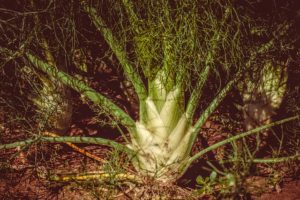
Unfortunately fennel is a pretty anti-social vegetable. It doesn’t get on with many plants at all and parsnips fall into this group. The problem is fennel is an allelopathic plant, it has developed a way of spreading a chemical that will stop other plants from growing.
So it is always best to never grow parsnips or most other plants near fennel.

